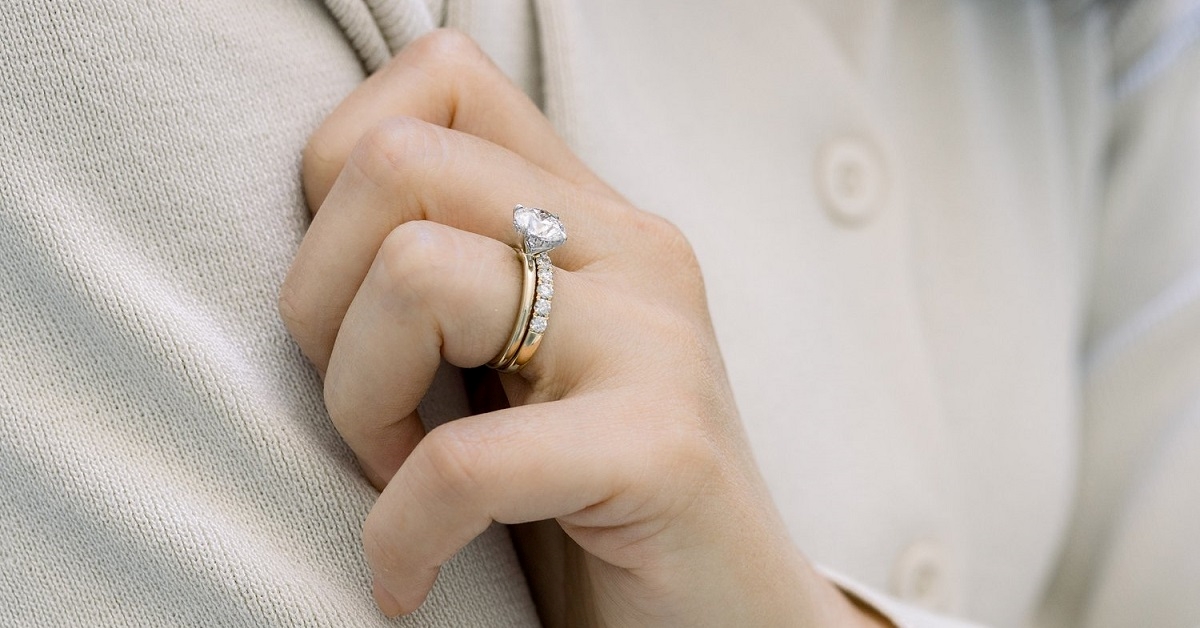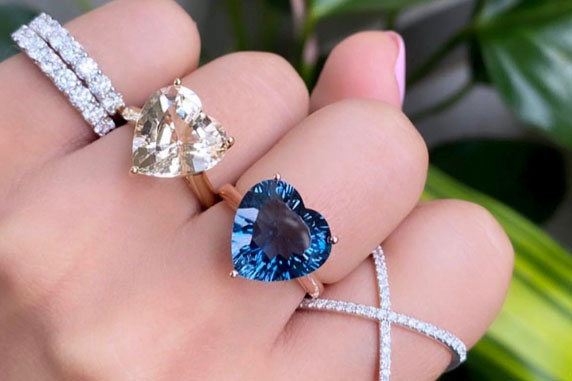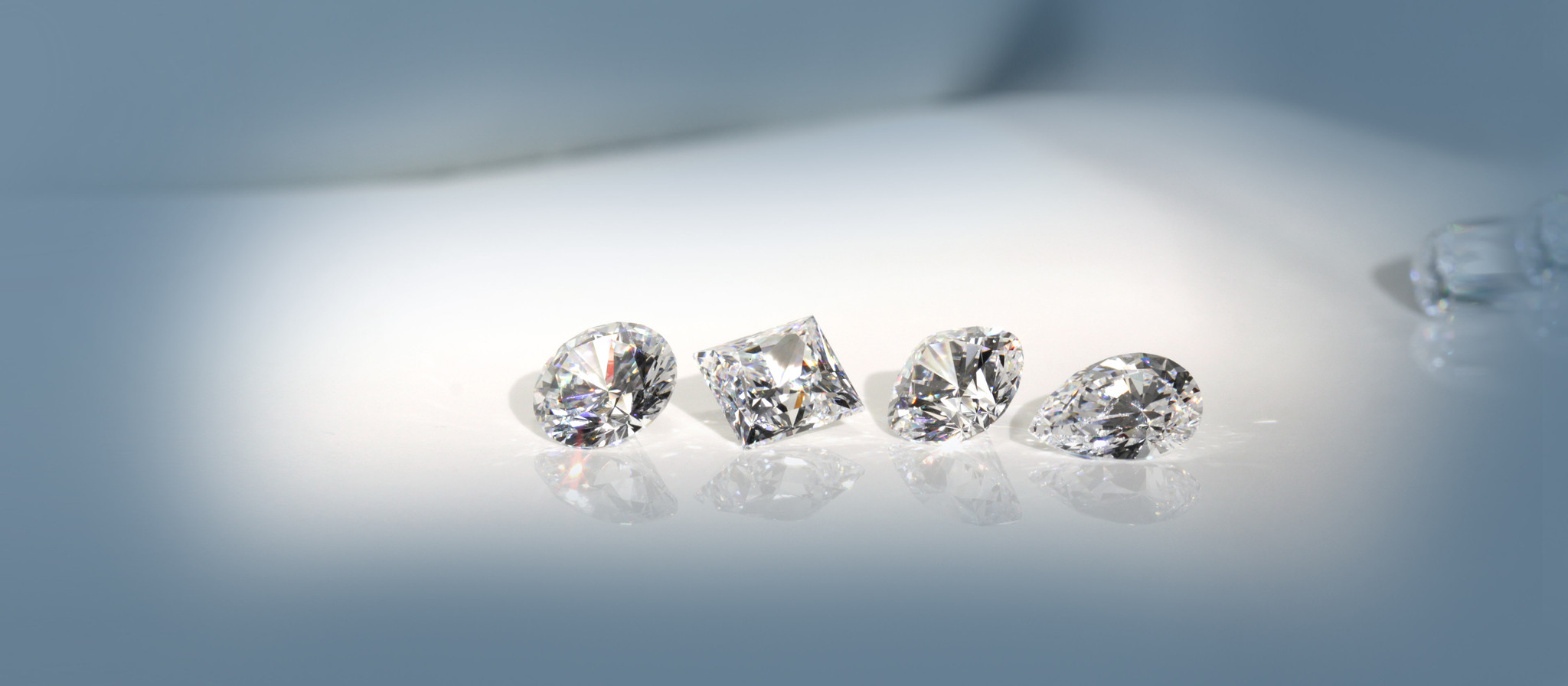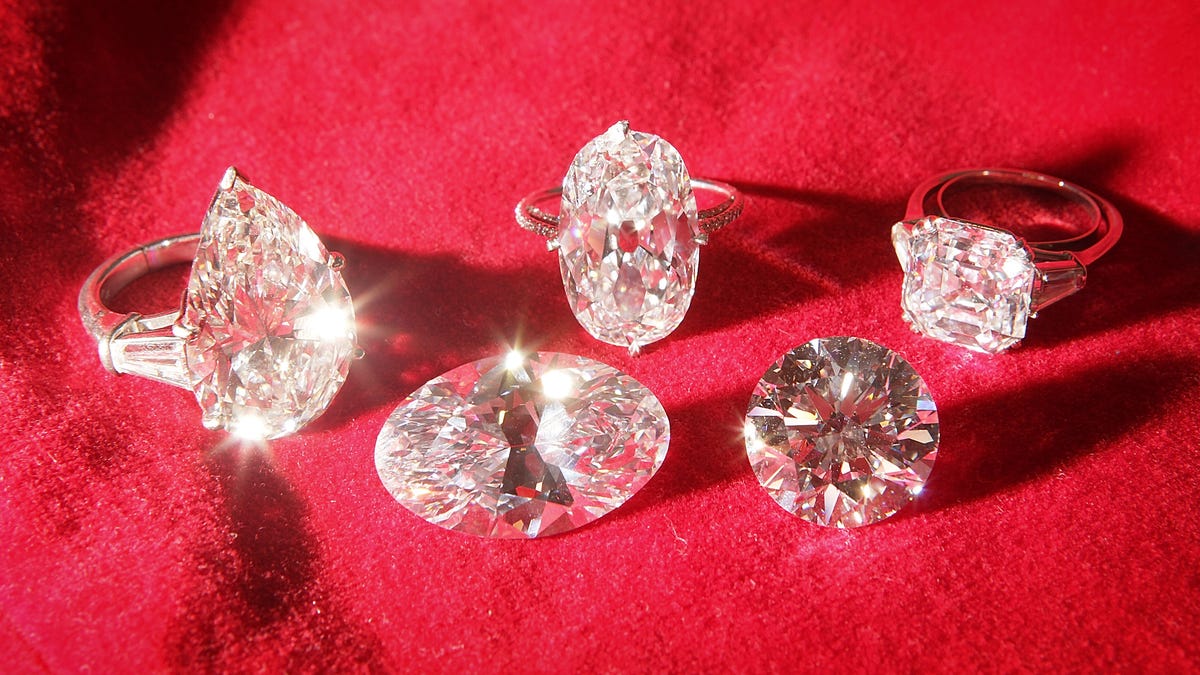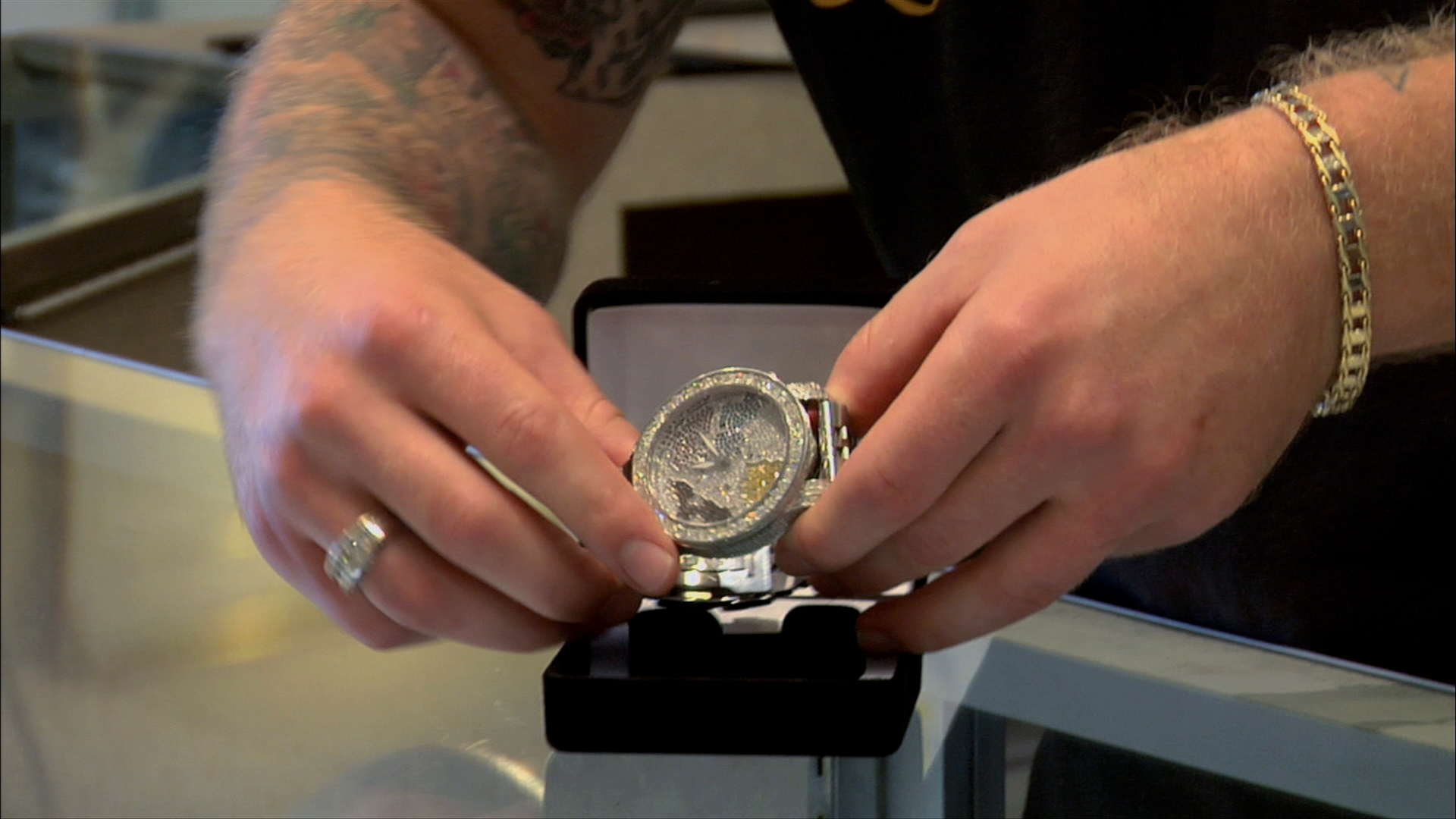Introduction
Which is better gold or diamond, the decision can be quite challenging. Both are symbols of wealth, beauty, and status, but they serve different purposes and carry unique qualities. In this article, we will provide a comprehensive comparison to help you understand the distinctive features, values, and uses of gold and diamond. Whether you are investing, purchasing jewelry, or simply curious, this detailed analysis will guide you in making an informed choice.
Historical Significance
Gold: The Eternal Metal
Gold has been treasured since ancient times. Its first recorded use dates back to around 6000 BC. Ancient civilizations such as the Egyptians, Greeks, and Romans revered gold for its luster, malleability, and rarity. It was used not only for jewelry but also as a form of currency and in sacred artifacts. The enduring appeal of gold lies in its symbolic representation of wealth and power.
Diamond: The Unbreakable Gem
Diamonds have a shorter but equally fascinating history. The first diamonds were discovered in India in the 4th century BC. Known as the “King of Gems,” diamonds were believed to possess supernatural powers. The term “diamond” comes from the Greek word “adamas,” meaning invincible or unbreakable, highlighting their exceptional hardness. Throughout history, diamonds have been prized for their brilliance and rarity, becoming the ultimate symbol of love and commitment.
Physical Properties
Gold
- Composition and Malleability: Gold is a chemical element with the symbol Au and atomic number 79. It is a soft metal, highly malleable, and ductile, which allows it to be shaped into intricate designs. Pure gold (24 karats) is too soft for most practical uses, so it is often alloyed with other metals for added strength.
- Color and Luster: Gold’s distinctive yellow hue and metallic luster are unmatched. While other metals can be polished to a high shine, the natural color of gold remains a key characteristic.
- Durability: Despite its softness, gold does not tarnish or corrode, making it an enduring material for jewelry and investment.
Diamond
- Composition and Hardness: Diamonds are a form of carbon arranged in a crystal lattice. They are renowned for their incredible hardness, rating 10 on the Mohs scale, which makes them the hardest natural material known.
- Brilliance and Fire: The allure of diamonds lies in their ability to refract light. A well-cut diamond will exhibit a brilliant sparkle and fire, the dispersion of light into various colors.
- Durability: Diamonds are highly resistant to scratching and damage, making them ideal for daily wear, especially in engagement rings.
Market Value and Investment
Gold
Gold has long been considered a safe-haven investment. Its value tends to rise during economic uncertainty.
- Price Stability: Gold prices are relatively stable compared to other commodities. It serves as a hedge against inflation and currency fluctuations.
- Liquidity: Gold is highly liquid and can be easily bought or sold in the global market.
- Investment Forms: Gold can be invested in various forms such as bullion, coins, ETFs, and mining stocks.
Diamond
Diamonds, while also valuable, have a different investment profile.
- Price Volatility: The price of diamonds can be more volatile, influenced by market demand, quality, and rarity.
- Liquidity: Selling diamonds can be more complex, requiring valuation by experts to ensure a fair price.
- Investment Forms: Diamonds are primarily invested in as jewelry, loose stones, or through specialized funds.
Uses and Applications
Gold
- Jewelry: Gold is a timeless choice for jewelry, prized for its beauty and workability.
- Electronics: Due to its excellent conductivity, gold is used in electronic devices such as smartphones and computers.
- Medicine: Gold compounds are used in certain medical treatments and diagnostics.
- Finance: Central banks hold gold reserves as part of their monetary policy.
Diamond
- Jewelry: Diamonds are most commonly used in jewelry, especially in engagement rings and wedding bands, symbolizing enduring love.
- Industrial Applications: Due to their hardness, sell gold Sydney are used in cutting, grinding, and drilling tools.
- Technology: Synthetic diamonds are used in high-performance speakers and laser systems.
Cultural Significance
Gold
Gold holds a prominent place in various cultures and religions.
- Symbol of Wealth: Across cultures, gold symbolizes wealth, success, and prosperity.
- Religious Artifacts: Gold is used in religious artifacts and ceremonies, signifying purity and divine connection.
Diamond
Diamonds carry a unique cultural significance.
- Symbol of Love: Diamonds are universally recognized as symbols of love and commitment, often featured in engagement and wedding rings.
- Status and Prestige: Wearing diamond jewelry signifies status and sophistication.
Environmental and Ethical Considerations
Gold
- Mining Impact: Gold mining can have significant environmental impacts, including deforestation, water pollution, and habitat destruction.
- Ethical Issues: The mining industry has faced criticism for poor working conditions and exploitation. Efforts towards ethical sourcing and responsible mining practices are ongoing.
Diamond
- Environmental Impact: Diamond mining also poses environmental challenges, such as ecosystem disruption and pollution.
- Conflict Diamonds: The trade of conflict diamonds has fueled wars and human rights abuses. The Kimberley Process Certification Scheme aims to prevent the flow of conflict diamonds, promoting ethical practices.
Conclusion
Both gold and diamonds hold immense value, each with their unique characteristics and significance.
- Gold is ideal for those seeking a stable investment, cultural richness, and versatility in various applications.
- Diamonds appeal to those who value brilliance, durability, and the symbolism of love and prestige.
Understanding the distinctions between these two precious materials can help you make an informed decision, whether for investment, adornment, or both.


